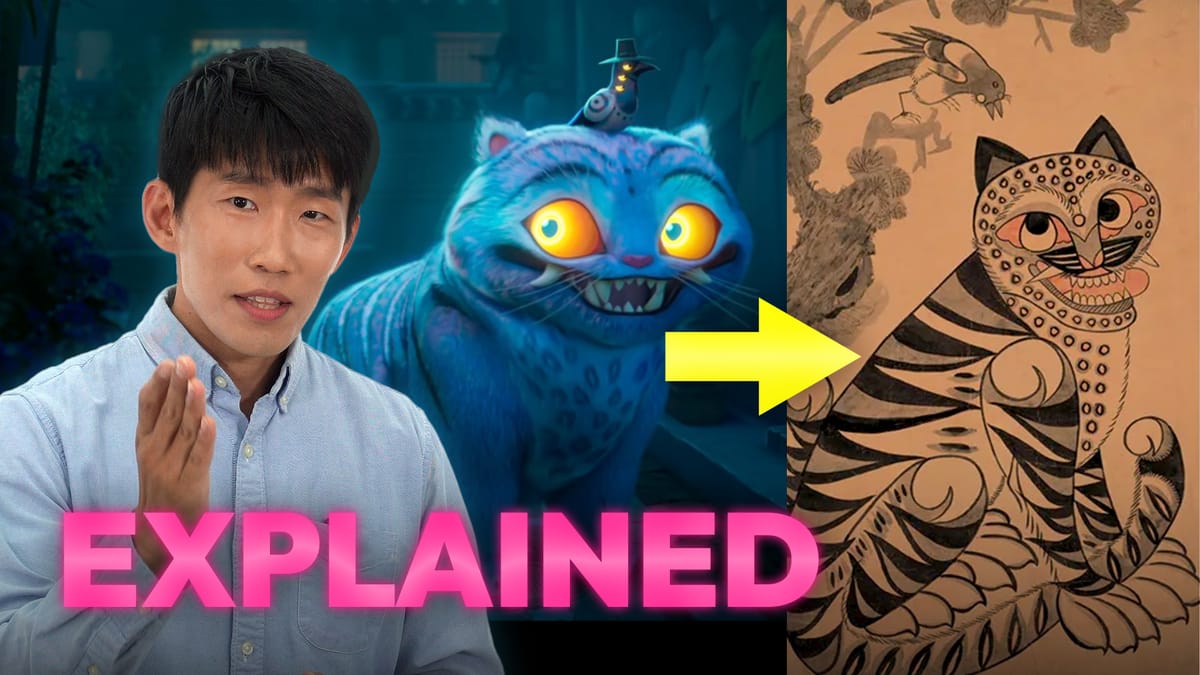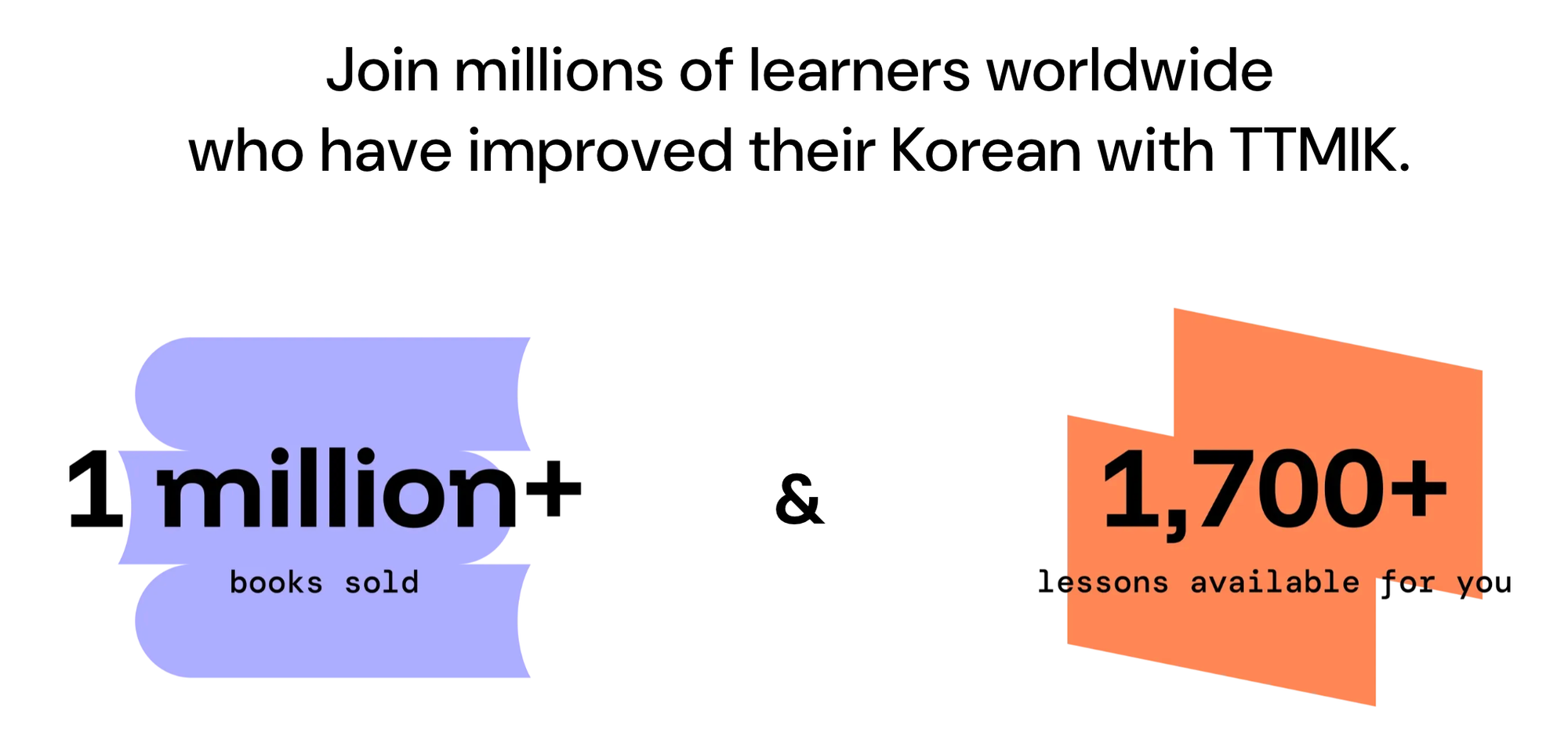Fun Facts and Hidden Korean Gems in K-pop Demon Hunters (No Spoilers!)

Have you watched K-pop Demon Hunters yet?
It has taken Netflix by storm and the buzz still isn’t dying down!
Here’s a spoiler-free breakdown from a Korean teacher’s perspective to help you enjoy the film even more.
Korean-Language Fun Facts
The title, "K-Pop Demon Hunters," is the same in Korean. 케이팝 데몬 헌터스. But since the full name is long, fans shortened it to 케데헌 by combining the initials.
Also, there is some wordplay that adds extra layers of meaning.
- "Saja Boys"
The name Saja Boys is a clever play on the Korean word 사자. When you pronounce it as 사자, it means "lion," matching their lion logos. But with a long vowel 사:자, it means "envoy" or "emissary." This term connects to 저승사자 (jeoseung saja), the Korean Grim Reaper or death messenger from traditional folklore.
- "HAN 의원"
When the Huntrix girls enter HAN 의원, they’re not just stepping into a clinic—they’re walking into a pun-filled name. 한의원(韓醫院) is a traditional Korean acupuncture and herbal clinic. 의원 can also refer to a small clinic with fewer than 30 beds. Plus, a doctor can also be called a 의원(醫員).
And this is just a guess, but it seems like the demon boss 귀마 is 마귀 written in reverse. 마귀 means a demon, a devil, or an evil spirit.
Cultural Insights
This film is packed with little nuggets of Korean culture, some with creative twists.
Let’s start with the tiger and magpie duo that shows up throughout the movie. They’re inspired by a famous genre of Korean folk paintings called 작호도 (Jakhodo). 작 means a magpie, 호 means a tiger, and 도 means a painting. In the original paintings, though, the magpie didn’t really have the 3 vertical Samsung Galaxy eyes.
You’ll also spot some familiar Seoul landmarks like N Seoul Tower and Naksan Park, with some creative changes like adding a giant amphitheater to N Seoul Tower that doesn't actually exist!
Still, there are some elements that are just so Korea!
For example, you see cars parked right on the 주차금지(parking prohibited), no parking signs and girls putting napkins under their spoons and chopsticks at a restaurant. Snack designs, packages and business signs also look very familiar.
But the scene that got the most nods from Korean viewers?Probably the one where people are wearing all sorts of seasonal clothing from short-sleeved t-shirts to a down jumper. Because yes, the seasonal transition is a big deal in Korea.
Korean Lyrics in the OST
Here is a list of Korean expressions you hear in “Your Idol” and “Golden”.
“Your Idol” by Saja Boys
- 끝없이 – Endlessly끝 (end) + 없이 (“be not there”, “there is none”), this adverb literally means “without an end.”
- 내 황홀에 취해 – Intoxicated by my blissA poetic expression where 내 means “my,” 황홀 means “bliss” or “entrancement,” and 취해 is the verb “to be intoxicated.”
- 빛이 나는 – Radiant / Shining빛 = “light,” 나다 = “to emerge” or “to come out.”
- 계속 외쳐 – Keep shouting계속 = “continuously,” 외쳐 is the imperative form of 외치다, meaning “to shout.”
- 낫지 않는 – Not healingFrom 낫다 (to heal), this negative form describes something like a fever that isn’t going away.
- 나를 위해 넌 존재하는 아이들 – You exist for me, childrenA slightly complex sentence structure: 나를 위해 (for me), 넌 (you), 존재하는 (existing), 아이들 (children).
- 이 순간 – This moment
“Golden” by Huntrix
- 어두워진 앞길 속에 – In the darkened path ahead어두워진 comes from 어둡다 (to be dark) and implies something that has become dark. 앞길 = “the road ahead,” 속에 = “inside.”
- 영원히 깨질 수 없는 – Unbreakable forever영원히 = “forever,” 깨지다 = “to be broken,” and 깨질 수 없는 = “cannot be broken.”
- 밝게 빛나는 우리 – We who shine brightly밝게 = “brightly,” 빛나는 = “shining,” and 우리 = “we.”
Feel a little more 'in the know'?
K-pop Demon Hunters really is not just fun to watch. It is packed with real Korean language and cultural insights. No wonder everyone’s talking about it!
If you’ve already watched it, we hope these insights add a new layer of meaning. If you haven’t seen it yet, try watching it with the expressions and cultural tips you learned today in mind. You’ll enjoy it on a whole new level!
Welcome to Talk To Me In Korean
Talk To Me In Korean is known worldwide for breaking down the language barrier and making Korean easy to learn. Our lessons are designed by experienced teachers who’ve guided countless learners down this same path. We blend solid teaching with a lighthearted approach, so you’ll find yourself having fun while actually making progress.
